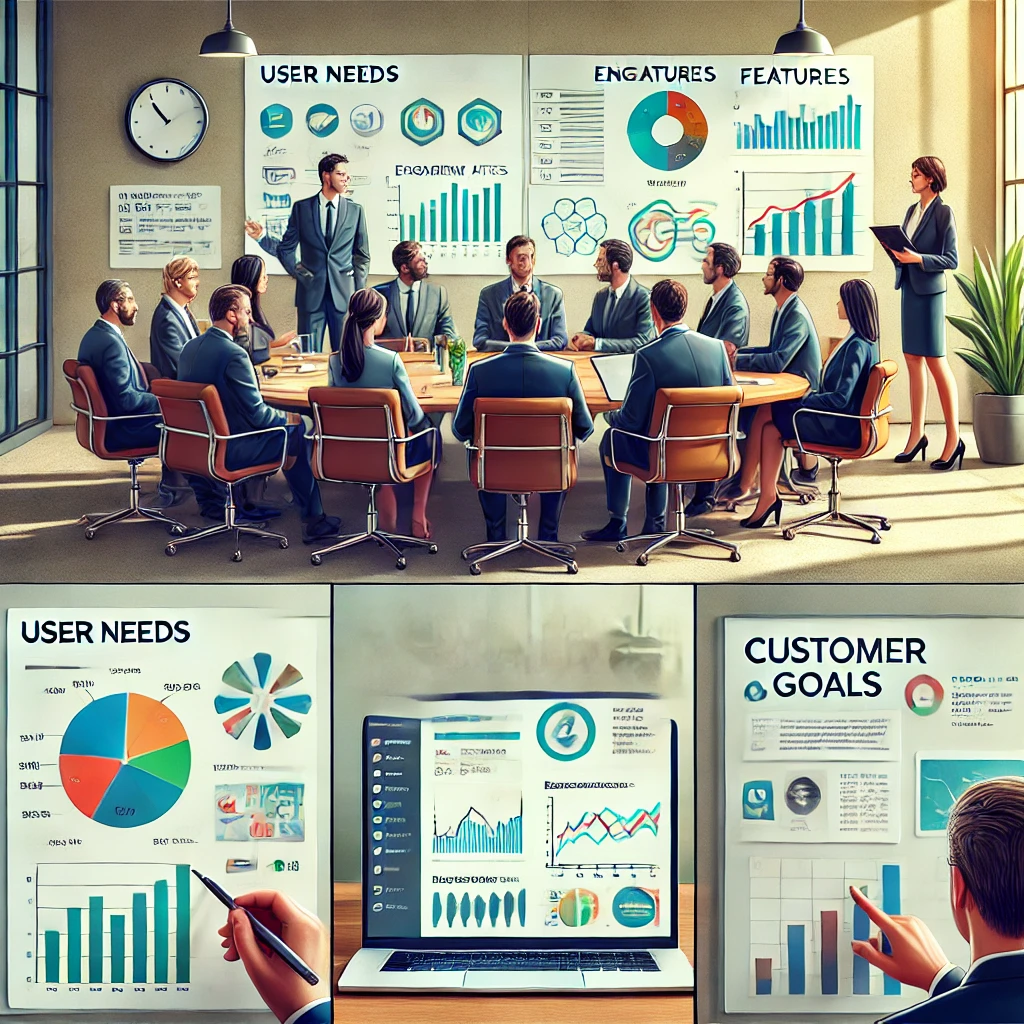Introduction
In the world of product management, one of the biggest challenges is balancing the needs of those who pay for the solution (customers) and those who use it daily (users). While these roles often overlap, in many markets — such as B2B SaaS, healthcare, education, or retail — the distinction is clear and has strategic implications for the product roadmap.
The Difference Between Customers and Users
Customers: They are the decision-makers and buyers, usually representing procurement departments, managers, or executives. Their feedback is often related to broad functionalities, compliance, costs, integrations, and the perceived value for the organization.
Users: They are the ones who interact with the solution on a daily basis. Their feedback tends to be more technical, practical, and immediate, focusing on usability, bugs, performance, and workflow.
The Product Manager’s Dilemma
The Product Manager must listen carefully to both groups, understanding that:
- Focusing only on customers may lead to closed deals, but also to the risk of low adoption.
- Focusing only on users may ensure a great experience, but without generating revenue if decision-makers don’t see the value.
The PM’s role is to act as a strategic bridge, reconciling the priorities of both sides.
Strategies to Balance Expectations
- Map stakeholders: Create distinct personas for customers and users, understanding their motivations, pain points, and success criteria.
- Structured feedback: Collect and analyze feedback systematically to prioritize what truly matters.
- Balanced roadmap: Define a vision that includes both strategic-value features (which drive customer purchases) and experience improvements (which drive user adoption).
- Success measurement: Establish metrics that reflect satisfaction and results for both audiences.
Contextual Examples
- HR SaaS: The HR department (customer) buys the platform, but managers and employees (users) are the ones using it.
- Healthcare: The hospital hires the system (customer), but doctors and nurses (users) rely on it daily.
- Education: The institution pays for the license (customer), but teachers and students are the actual users.
Conclusion
For a Product Manager, understanding the difference between customers and users is essential to build viable, desirable, and sustainable products. Balancing the needs of those who buy and those who use determines not only the financial health of the product but also its relevance and longevity in the market.
You may also like: How to Size the Market: Approaches and Tools for Decision-Making

